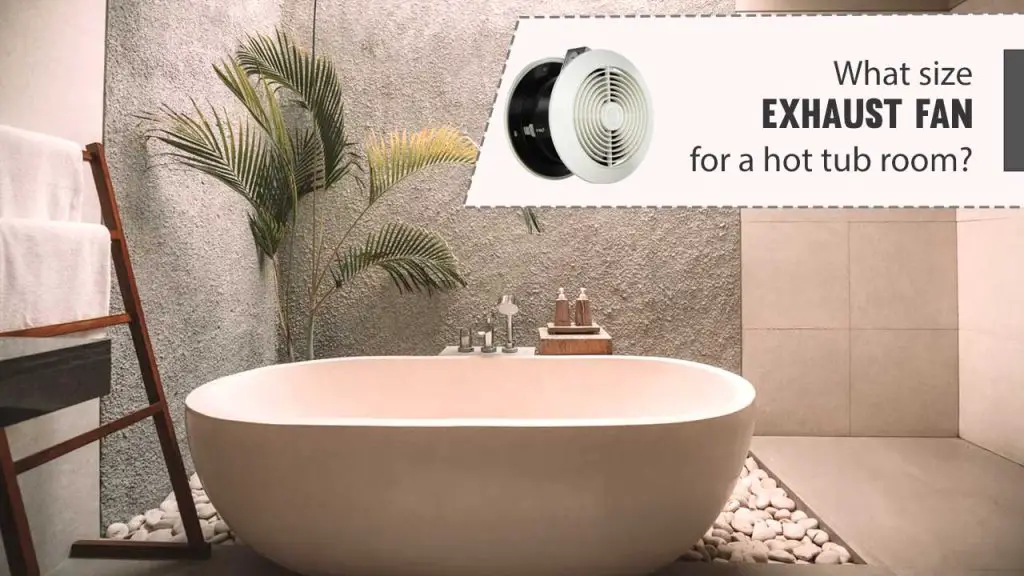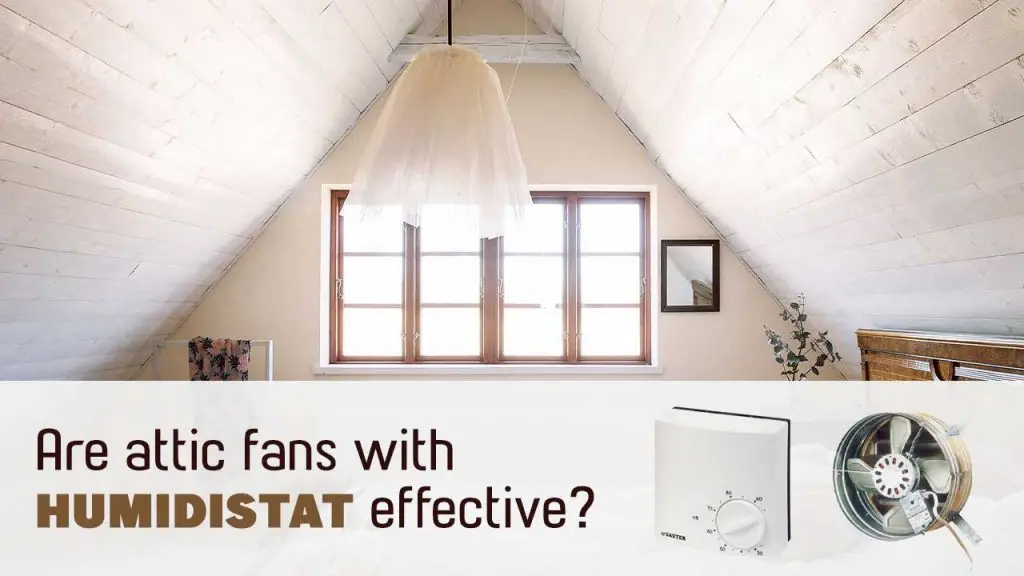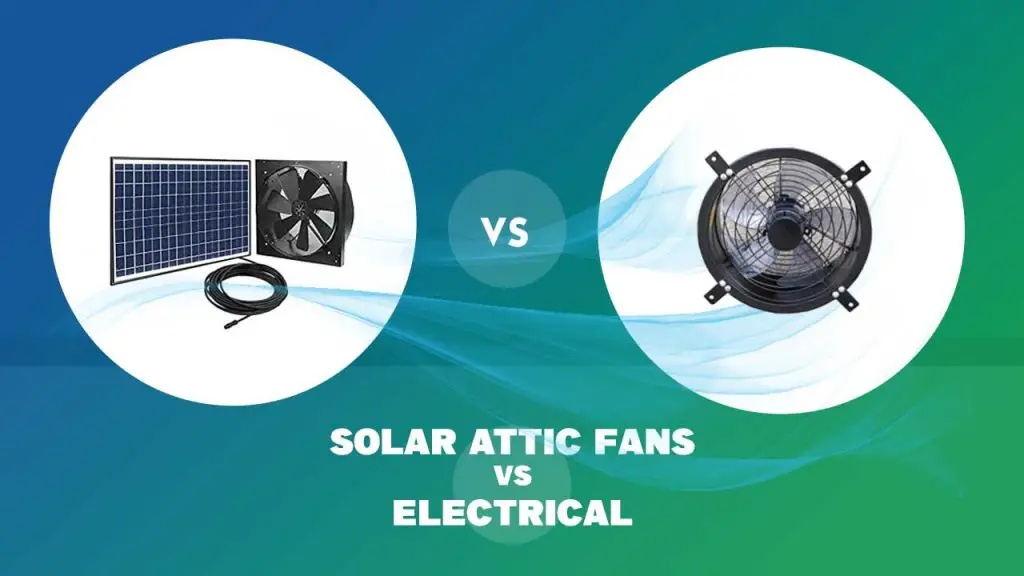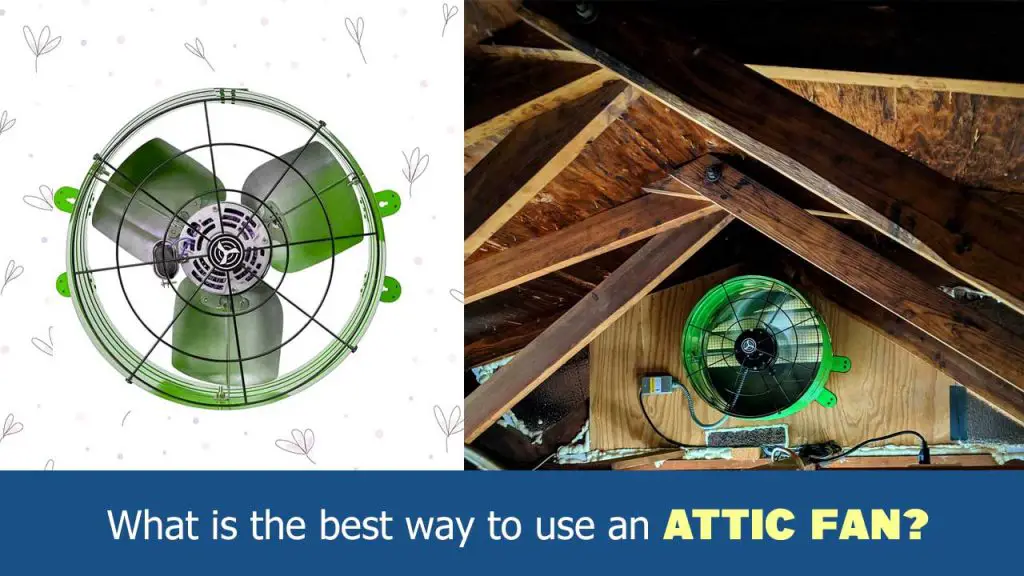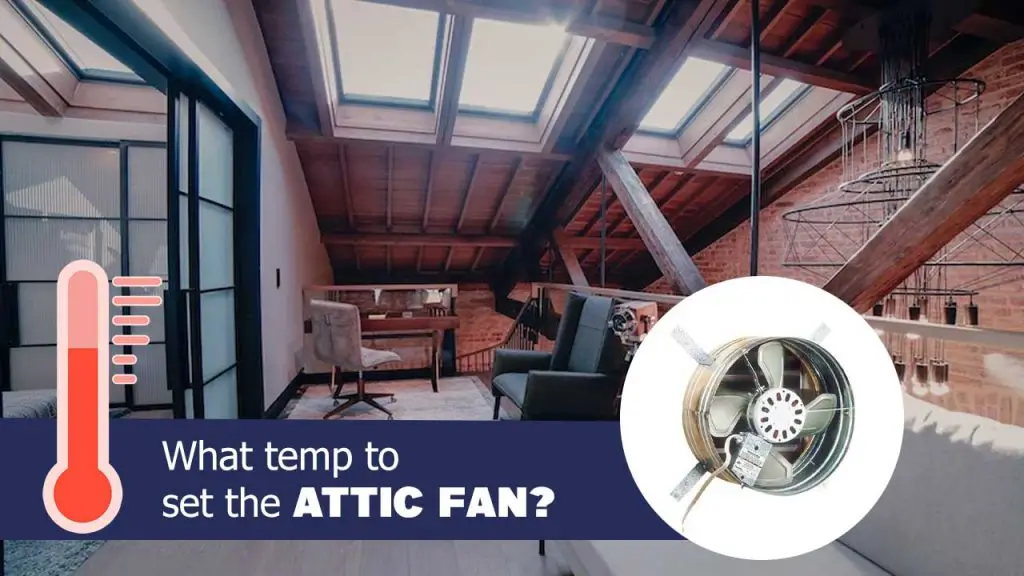Hot tubs are not just a bath tool, but also a means to relax the nerves and just get your body immersed in warm water. The therapeutic benefits are out of this world, and it’s understandable that you’d want one in your home.
This makes it necessary to have a hot tub room, which then requires an exhaust fan. Hot tubs tend to produce a lot of steam and hot air, along with their tendency to increase humidity significantly.
An exhaust fan can help to keep this in check by ensuring such warm and humid air is expelled out of the hot tub room.
However, if you do not currently have an exhaust fan installed in your hot tub room, how do you go about selecting one? What size exhaust fan is right for your hot tub room? What capacity and airflow should you look out for in choosing an exhaust fan for your hot tub room?
We’ll get right into all these questions shortly. This post will also explain what an exhaust fan is meant to do in your hot tub room, the different sizes of exhaust fans available, and explain other means of ventilating a room with a hot tub.
Do You Need an Exhaust Fan in A Room With A Hot Tub?
Yes, you do. A room with a chlorine-designed hot tub is known to give off a strong chlorine odor that can make you very uncomfortable. Coupled with humidity and heat, having the right amount of ventilation is one way to handle the situation.
Unfortunately, sometimes the odor is too strong for a few open windows to handle, and you can’t leave your hot tub room bathroom windows open all the time. But, what if there are no windows?
It is not strange to find fully enclosed houses with rooms closed off like Fort Knox. These are some reasons an exhaust fan is important.
Vents may also help to put the humidity level under check, but without a well-suited ventilation fan to not only send the humid, warm air put but also pull in fresh air from outside, you won’t get much results.
In fact, if you do not have a window or opening that can provide ventilation in your tub room, you’re required by the National Electrical Code (NEC) to have a vent or exhaust fan.
Without it, issues like humidity will put a burden on your health, the room walls, floor, and other parts of the tub room.
Moist, damp air caused by hot tubs can lead to the growth of mold and can make the room smell foul. This can be very unpleasant in so many ways because a hit tub room is supposed to be a place of refreshing and relaxation.
How Do I Know What Size Exhaust Fan I Need for My Hot Tub Room?
As bad as having a hot tub in a ventless room can be, it won’t make any difference if you install a wrong-sized exhaust fan. Sometimes, the fan may even meet minimum requirements, but still, be too small or too large for a particular hot tub room.
And, rather than help fix the problem, it could make things worse (especially if it’s way oversized) or not do anything at all (if undersized is weak). This is why you must properly size an exhaust fan before choosing and installing it.
Let’s establish some basic principles before we go on:
- An exhaust fan for a bathroom or hot tub room is measured by the amount of air it can move, usually represented as cubic feet per minute (CFM).
- The minimum rated fan for a bathroom is 50 CFM. Regardless of the room size, no fan less than 50 CFM should be used.
- The rule of thumb is to have 1 CFM (at the least) for every square foot of the room. It is best to go a notch higher. That is, it is best to slightly oversize the fan.
- For a hot tub, we advise you to take it a further step higher. You should have a fan with a rating of 2 CFM per square foot of the room or two units of equally sized fans (if you go by the standard measurement for bathroom fans).
The reason is simple, hot tub rooms will naturally produce more heat and humidity when in use, especially those with jetted tubs. Going by the stated rule, you should calculate the square footage of the hit tub room by multiplying the length by the breath.
If the room is 5 feet wide and 7 feet long, it means you have a 35-square-foot hot tub room. In this case, you should install an exhaust fan with a rating of at least 70 CFM. Another option is to use two units of 50 CFM-rated exhaust fans.
This will offer you the number of air exchanges you need for comfort. Even if your room with a hot tub is only 24 square feet in size, you should still get an exhaust fan rated at least 50 CFM.
If you have a really large bathroom (more than 100 square feet) with a hot tub, there are other ways to determine what size exhaust fan you should use.
The most appropriate is to consider the fixtures of the room and sum up their required CFM ratings. Typically, the items in a bathroom and their required CFM ratings are;
- Jetted Tub (or hot tub): 100 CFM
- Bathtub: 50 CFM
- Shower: 50 CFM
- Toilet: 50 CFM
So, you can add up what CFM is required by considering the items in the room. You can also ascertain the CFM requirement for a large room with a hot tub by multiplying the ceiling height by the square footage and dividing the result by 60 (indicating how many minutes are in one hour).
Also, multiply the result by 8 (which represents the number of air exchanges every hour). For a 108 sq foot room with a 12-foot ceiling, you’ll have the following calculation;
108 x 12 = 1,296
1,296 ÷ 60 = 21.6
21.6 x 8 = 172.8
This means you’d need a fan with CFM rating of 172.8. For best results, you should get a 200 CFM exhaust fan or two units of 100 CFM fans each.
We’ve provided a simple table below with different hot tub room sizes and exhaust fans suitable for them.
| # | Hot Tub Room Sq Ft | Required Fan Size |
| 1 | 54 | 110 CFM exhaust fan |
| 2 | 42 | 90 CFM exhaust fan |
| 3 | 142 | 308 CFM fan |
| 4 | 30 and below | 70 CFM fan |
| 5 | 60 | 130 CFM fan |
How Do You Ventilate a Room with A Hot Tub?
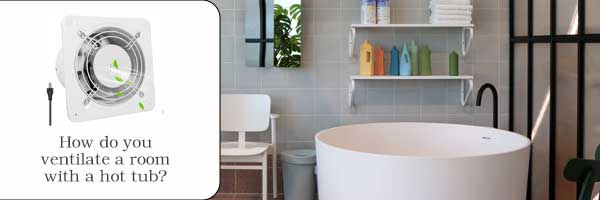
The best way to ventilate a room with a hot tub is by leaving the windows open, especially after every use and during use as well if you’re going to be there for a while.
Secondly, using an exhaust fan will help to remove most of the dense air and bring in drier, cooler and fresher air.
Also, adding a grille to the ceiling to enable moist, warm air to leave the room is another good way to ventilate. For really large rooms, you should use two fans if you do not find a single large fan.
Furthermore, a combination of the fan, manipulating the windows and installing a vent grille can be pretty effective against humidity, heat and odor.
Final Words:
There’s not a lot of information out there about sizing an exhaust fan for your hot tub room. Hence, this post is bridging that gap and providing the right tips and clues you need about getting the right fan in your room with a hot tub.
Now you can truly have a good time without worrying about your health or damage to your walls. Mold, grime and bacteria will also find it difficult to thrive in a well-ventilated room, even with a hot tub inside.
| Photo | Title | Buy |
|---|---|---|

|
LEVOIT Air Purifier for Home & Bedroom - For Allergies and Pets Hair | Check Price On Amazon |

|
BREEZOME 60 OZ Quiet Dehumidifiers for Home, Dual-Semiconductor | Check Price On Amazon |

|
AquaOasis™ Cool Mist Quiet Ultrasonic Humidifier for Bedroom & Large room | Check Price On Amazon |

|
43.3'' Portable Air Conditioners, 3-IN-1 Evaporative Air Cooler w/Remote | Check Price On Amazon |

|
BlueDri BD-AS-550-BL Negative Machine Airbourne Cleaner HEPA Air Scrubber | Check Price On Amazon |

|
Space Heater, VCK 24" 12ft/s Fast Quiet Heating Portable Electric Heater | Check Price On Amazon |
